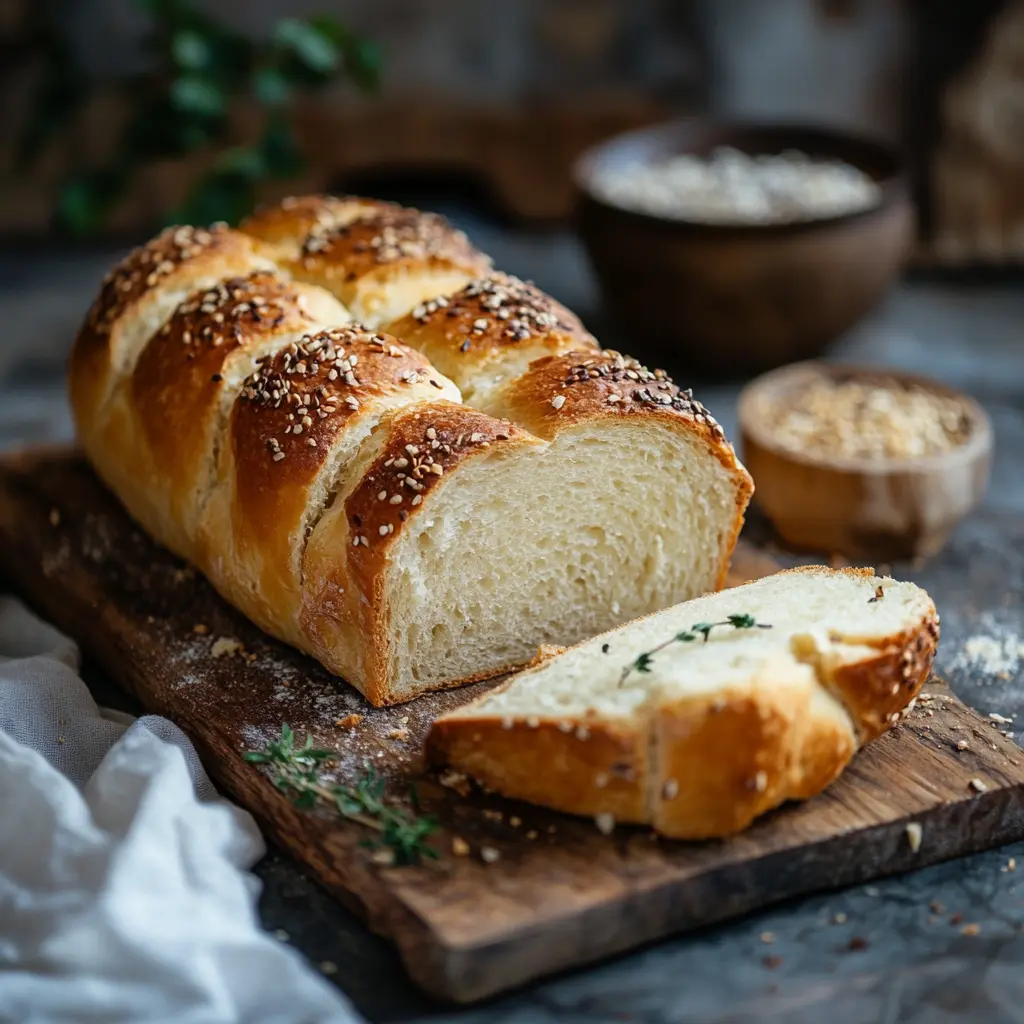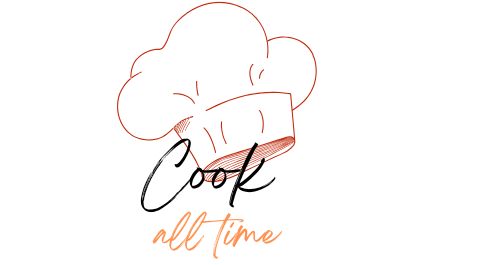Introduction
Why Was Sliced Bread Banned in the US? the phrase “the best thing since sliced bread” is often used to describe a groundbreaking innovation. However, the history of sliced bread includes a surprising chapter in which it was banned in the United States during World War II. This unusual prohibition on a simple convenience arose from the wartime needs and resource constraints that the country faced. To fully understand why sliced bread was banned in the US, it’s essential to look at the historical context, reasons for the ban, and how it impacted consumers and businesses.
Table of Contents
The History
Invention of Sliced Bread
Sliced bread was first introduced to the American public in 1928 by Otto Rohwedder, an American inventor. He developed the first automatic bread-slicing machine, which made the once tedious task of slicing bread at home much easier. The Chillicothe Baking Company of Missouri sold the first pre-sliced loaf, and it quickly gained popularity for its convenience and consistency. Before this innovation, bakeries sold bread as unsliced loaves, and individuals sliced it at home.. The introduction of Pre-cut bread was a monumental step in food technology and convenience.
Popularity Before the Ban

Before the ban during World War II, American households made sliced bread a staple. Consumers, especially busy families, found the convenience of buying bread that was already sliced appealing. Supermarkets and bakeries quickly adopted the pre-sliced method, and people widely accepted it as a major convenience. In fact, sliced bread revolutionized how people purchased bread, shifting it from a bulk product to a pre-packaged item ready for use.
Reasons Behind the Ban on Sliced Bread
Wartime Rationing During World War II
The reason sliced bread was banned in the US during World War II had much to do with wartime rationing. During this period, the U.S. government imposed strict controls on various commodities to prioritize materials for the war effort. By 1943, bread and other food products faced significant restrictions due to the need to conserve resources for soldiers. As a result, the government focused on reducing unnecessary packaging, especially for products like sliced bread. The machinery that Pre-cut bread consumed valuable resources, such as metal, which the government could have used for producing wartime materials.
The Cost of Packaging
In addition to the costs associated with wartime rationing, the government considered the cost of packaging to be another reason for the ban. Sliced bread required more packaging materials than unsliced bread, which increased the costs for bakeries. The government considered the plastic and paper materials used for packaging sliced bread excessive, as it needed to conserve resources during a time of scarcity.. They argued that packaging unsliced bread would reduce waste and save valuable materials for other war efforts.
Government Policies on Resource Conservation
The U.S. government contributed to the ban on sliced bread by implementing broader policies focused on resource conservation during World War II. Facing global conflict, the government took extreme measures to ensure effective use of raw materials and energy.effectively. By restricting non-essential items like sliced bread, officials believed they could redirect resources to essential wartime needs. This initiative was part of the larger wartime strategy to maximize resources and maintain support for the troops. Although unpopular, people saw the ban as a necessary measure for the greater good during the wartime economy.
Explore more about bread-slicing tools in Which Cutting Tool is Best for Slicing Bread?
The Impact of the Ban
Reactions from Bakeries
The ban on sliced bread had a profound impact on bakeries across the United States. Bakeries that had previously thrived by offering pre-sliced loaves faced a sudden shift in business models. Many had to return to selling unsliced bread and had to adapt their operations to meet the government’s new requirements. Bakeries that specialized in slicing bread for customers saw their business significantly reduce, as they could no longer provide this service. While some bakeries found ways to innovate by offering different types of bread, many struggled with the limitations imposed by the ban.
Consumer Frustration and Confusion
When the US banned sliced bread, consumers initially found the sudden change confusing and frustrating.. For many, the convenience of pre-sliced bread had become an integral part of daily life. Families had grown accustomed to simply purchasing sliced bread, and the ban forced them to rethink their shopping habits. Some consumers struggled with slicing bread at home, while others found it inconvenient to deal with unsliced loaves. The public reaction was a mix of disbelief and annoyance, as people questioned the practicality of such a drastic measure.Discover modern solutions in What Is the Best Way to Slice Homemade Bread?.
Media Coverage of the Ban
The media played a significant role in spreading awareness of the sliced bread ban. Newspapers and radio stations reported on the government’s decision and how it would affect daily life. The coverage of the ban highlighted the tension between wartime necessity and the comforts of civilian life. Many reporters questioned whether the inconvenience caused to the public was worth the savings in resources.. As the ban continued, the media began to spotlight consumer complaints, adding fuel to the growing frustration across the nation.
The Repeal of the Sliced Bread Ban
Public Pushback
Despite the government’s rationale for the sliced bread ban, the public’s resistance began to grow. Citizens across the country voiced their discontent through letters to officials and petitions calling for the ban’s repeal. Many consumers argued that the inconvenience was too great and that there were more efficient ways to save resources without infringing on their daily lives. Public pushback came not only from individuals but also from businesses that depended on the sale of sliced bread. As the debate raged on, pressure mounted for the government to reconsider its stance on the matter.
Reevaluation of Resource Savings
As the war progressed, the government began reevaluating the effectiveness of the sliced bread ban in terms of resource savings. New technologies and more efficient methods of managing resources revealed that some restrictions might have been too strict. By 1944, signs showed that the ban’s economic benefits might not have justified the public outcry and dissatisfaction. The conversation shifted to discussing ways to save resources without drastically altering consumer habits, such as adjusting how bread companies sold bread.
The Decision to Lift the Ban
In response to growing public pressure and the reexamination of wartime policies, the U.S. government decided to lift the ban on sliced bread in March 1944. This decision stemmed from practical considerations and the realization that maintaining the ban was no longer sustainable.. With the war effort winding down, the need to conserve resources was less urgent. After nearly three years of prohibition, Americans were once again able to enjoy the convenience of pre-sliced bread, marking the end of one of the most unusual bans in U.S. history.
Lessons Learned from the Ban
The Role of Government in Everyday Life
The ban on Pre-cut bread during World War II highlights the significant role government policies played in shaping everyday life. The decision reflected wartime rationing, where the government determined which products were necessary and which were expendable. By intervening in the bread industry, the government raised important questions about the extent of policy influence on consumer choices. The ban aimed to conserve resources for the war effort. However, it reminded people that even small comforts could be impacted by larger political and economic decisions. This ban marked a defining moment in U.S. history, showing how national priorities could disrupt everyday life.
Balancing Resource Management with Public Sentiment
The decision to ban sliced bread also brought to light the challenge of balancing resource management with public sentiment. While conserving materials for the war effort was important, the ban on sliced bread was met with significant resistance from consumers. Many people found it inconvenient to Pre-cut bread at home, and bakeries struggled with the change. The public reaction ultimately played a key role in the repeal of the ban. This situation highlights the delicate balance between managing national resources and considering the needs and wants of the general public. In times of crisis, government policies must take into account how their decisions affect citizens’ daily lives.
The Legacy
The legacy of the ban on sliced bread can still be felt today. The ban served as a reminder of the lengths to which the U.S. government would go to preserve resources during wartime.
However, it also made people more aware of the convenience that sliced bread brought to their lives. When the ban was lifted in 1944, people were quick to appreciate the simplicity of pre-sliced bread once again.
The incident became a symbol of the government’s wartime actions. It also highlighted how ordinary products could become the focus of public and political attention during difficult times.
In the years after the ban, there was a renewed focus on convenience and efficiency in food production. Sliced bread emerged as a prime example of these values.
FAQs About Why Was Sliced Bread Banned in the US ?

When Was Sliced Bread Banned in the US?
In 1943, the United States banned sliced bread as part of a series of government measures to conserve resources for the war effort. The ban was implemented during World War II when the U.S. prioritized rationing materials like metal and paper to support military needs. The ban remained in place for about three years, until 1944, when it was repealed after public pressure and a reevaluation of its necessity.
Why Was the Ban Controversial?
The ban on sliced bread sparked controversy for several reasons. First, it interfered with the convenience of everyday life. Many American families had come to rely on pre-sliced bread, so banning it became an inconvenience. Bakeries that had invested in bread-slicing machines faced significant business disruptions due to the ban.. Many people felt the ban overstepped by regulating consumer choices. They viewed it as an unnecessary infringement on daily freedoms.. The media also played a significant role in stirring public opinion against the policy.
Did the Ban Achieve Its Intended Goals?
The ultimate effectiveness of the ban on sliced bread in achieving its goals of resource conservation is debatable. The U.S. government argued that the ban would save metal and paper resources for the war effort, but the results mixed… Some argue that the savings from banning Pre-cut bread were not substantial enough to justify the public backlash and inconvenience. Ultimately, authorities repealed the ban in 1944, indicating that the perceived benefits of the policy did not outweigh its negative effects on consumer satisfaction and business operations..
How Long Did the Ban Last?
The ban on Pre-cut bread lasted for about three years, from 1943 to 1944. The government lifted the ban in response to growing public dissatisfaction and pressure from businesses, including bakeries that relied on sliced bread for their operations. The repeal of the ban marked the end of one of the most unusual wartime restrictions in U.S. history.
What Were the Alternatives to Sliced Bread?
During the sliced bread ban in the US, consumers had to buy unsliced loaves and slice them at home. Although this was a practical solution, it proved less convenient and more time-consuming. Some consumers opted for bread slicers or purchased bread pre-sliced by bakeries, though the availability of the latter was often limited. The most notable alternative, however, was the traditional unsliced loaf, which required individuals and families to return to the practice of manual slicing.
Has Anything Similar Happened Since?
Since the ban on sliced bread during World War II, there have been no significant similar bans on food products in the United States. However, there have been instances of restrictions on other products due to wartime or national emergencies, such as sugar, gasoline, and other foodstuffs. The need to conserve resources and prioritize national interests often drove measures like the sliced bread ban.. Nevertheless, the ban on sliced bread remains one of the most iconic examples of government intervention in everyday consumer choices.
Conclusion
The ban on sliced bread in the United States during World War II serves as a fascinating chapter in the country’s history. It highlights the tension between government efforts to conserve resources for wartime needs and the public’s desire for convenience and choice. The ban did not fully achieve its intended goals, but it remains a symbol of the sacrifices people made during times of national crisis.. The lifting of the ban in 1944 is a reminder that, even in times of hardship, the public’s voice matters. Today, sliced bread is an indispensable part of our daily lives, a testament to the importance of convenience and accessibility in modern society.

